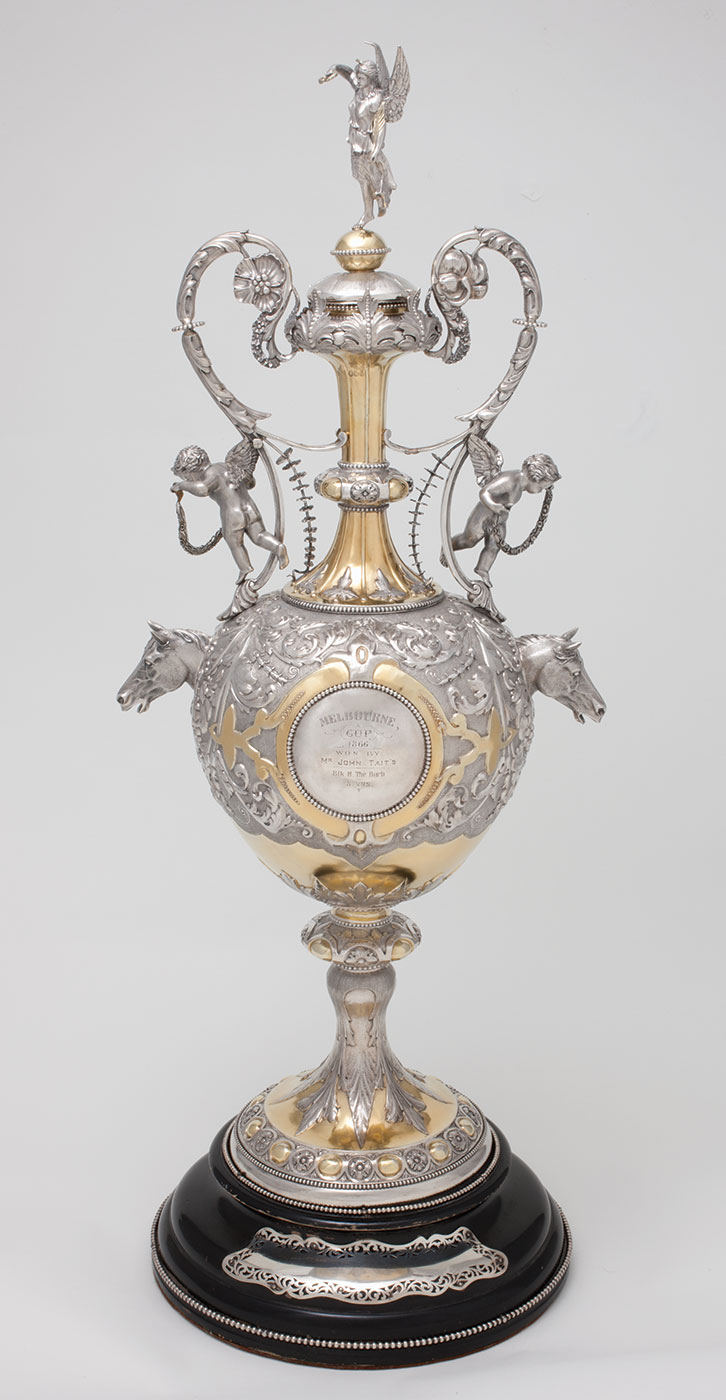The National Museum of Australia is a statutory authority. In 2012–13 the Museum sat within the Regional Australia, Local Government, Arts and Sport portfolio. The Australian Government funds the Museum to achieve an agreed outcome through a series of performance indicators, as specified in the annual Portfolio Budget Statements (PBS). The Museum’s outcome is to ensure:
Increased awareness and understanding of Australia’s history and culture by managing the National Museum’s collections and providing access through public programs and exhibitions.
(National Museum of Australia, Portfolio Budget Statements, 2012–13)
Financial summary
The Museum’s financial statements disclose an operating deficit of $1.723 million compared with the 2011–12 operating deficit of $0.787 million. Of the operating deficit, $1.031 million relates to unfunded depreciation of the National Historical Collection. Total income for 2012–13 was $45.820 million (anticipated $45.538 million in the Comprehensive Income Statement in the PBS) while total expenses for 2012–13 were $47.543 million (anticipated $46.538 million).
Revenue from government was $40.889 million and revenue from other sources was $4.931 million (anticipated $4.579 million). This includes gains from donated assets for 2012–13 valued at $0.197 million. Revenue from government decreased by $0.070 million as the result of changes to the funding of the annual Fire Services Levy, while revenue from non-government sources decreased by $1.163 million. This decrease was the result of interest earnings and revenue from sponsorship and grants being lower than anticipated.
Total expenses decreased by $0.382 million this year. This decrease was primarily in supplier and other expenses ($1.542 million). Most of the decrease was offset by an increase in depreciation ($1.074 million).
The balance sheet discloses an increase in the Museum’s net assets of $10.505 million. In 2012–13 there was an increase in the asset revaluation reserve following an independent valuation of heritage and cultural assets ($10.263 million). The Museum received an equity injection in 2012–13 ($1.965 million) to fund National Historical Collection acquisitions.
Cash as at 30 June 2013 totalled $3.775 million (30 June 2012: $2.235 million), and investments totalled $34.500 million (30 June 2012: $40.000 million).
Financial summary 2012–13, measured against PBS
|
Budgeted outcome: $46.538m |
Actual outcome 2012–13: $47.543m |
|
Budgeted departmental appropriations: $40.959m |
Actual appropriations: $40.889m |
|
Budgeted revenue from other sources: $4.579m |
Actual revenue from other sources: $4.931m |
Financial summary 2011–12, measured against PBS
|
Budgeted outcome: $47.634m |
Actual outcome 2011–12: $47.925m |
|
Budgeted departmental appropriations: $40.280m |
Actual appropriations: $40.280m |
|
Budgeted revenue from other sources: $5.854m |
Actual revenue from other sources: $6.858m |
Quantitative and qualitative performance indicators were met or exceeded across the program that supports the Museum’s PBS outcome:
Program 1.1 Collection management, research, exhibitions and programs
Program 1.1 Objective
The National Museum of Australia’s objectives were to:
- conduct activities to ensure the Museum has a relevant and high quality collection of objects and associated material. This includes activities associated with maintaining the collection in appropriate condition, and ensuring it is available to be used in exhibitions and other programs to meet the Museum’s objectives
- conduct activities whereby visitors access objects in the collection or information about objects, and Australian history and cultures, through visiting exhibitions and attending programs throughout Australia and overseas
- undertake research to enhance awareness of Australian history and cultures, and publish information in all platforms
- develop partnerships across Australia to enhance the national reach of the Museum.
Program summary

Program 1.1 Deliverables
The Museum:
- expanded the National Historical Collection through the acquisition of key objects that represent the breadth and depth of Australian history and culture
- undertook an ongoing changeover program within the permanent galleries at Acton, including updating modules within the Landmarks: People and Places across Australia and the Journeys: Australia’s Connections with the World galleries
- marketed the Museum as a key destination and developed new partnerships to support its core business to reach national and international audiences
- delivered programs for regional Australia including continued participation in the Community Heritage Grants program
- toured temporary exhibitions across metropolitan and regional Australia
- presented public programs for families, children and audiences with a disability, which promoted lifelong learning opportunities
- created and disseminated collection information for internal and external users
- increased public access to collections by investing in new technologies that allow the public to access the Museum’s collections online
- developed a research strategy and framework to link interdisciplinary research to the three main themes of the Museum in the 2013 to 2017 period
- delivered high quality education programs that met the standards of the Australian Curriculum
- launched the new permanent exhibits in the Main Hall, showcasing significant objects from the National Historical Collection.